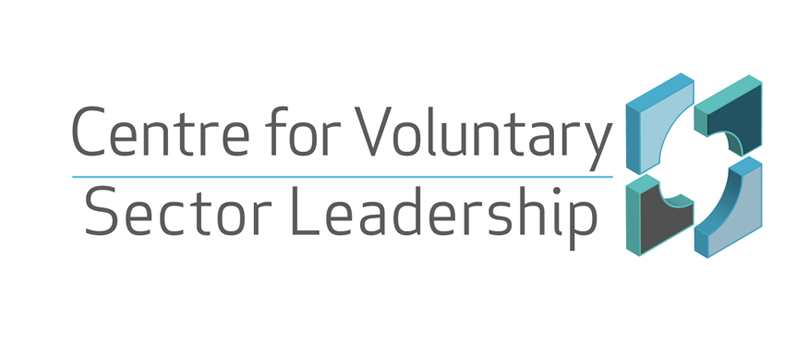3 Identity and difference
When we think of identity, our minds usually turn to what we are and what we identify with (be it profession, beliefs, values and so on). But let’s turn this normal way of thinking on its head for a while and consider the case that our identities are as much defined by what they are not as by what they are (Connolly, 2002).
Let’s unpack this statement with an example. Owain recently conducted some in-depth research with elected politicians and council officers in a large English local authority. The purpose of the research was to explore the journey leadership goes through as it is put into practice in a workplace. What was interesting about this research was the different ways in which people identified with the concept of leadership. For some, leadership was very much collaborative, about bringing people together in novel ways to tackle complex problems. But for others, leadership was defined as the acts of strong individuals – leadership was just a name for the collection of things a leader does (we will call this view leaderism).
What was interesting about this case is that both sets of people defined their view of leadership against a caricature of the other side. For the collaborators, people who invested in a leader-centric view were too stuck in the past and traditional. For those who believed in strong leaders over leadership, the collaborators were too interested in talk and process over action. Neither side could know its own identity outside of how it knew the identity of those people it opposed. Had both sets of people reflected on how their own identities were shaped by difference, they might have been able to open themselves up to some interesting and exciting collaborative leadership possibilities.
This example also brings to the fore the fact that identities are as much held by groups and organisations as by individuals – we can develop collective sense of identity as well as a collective orientation to difference.
The examples drawn upon are of course extreme cases but such examples do make a point. The key point is that all our identities are built as much by what they are not – by difference – as they are by any positive content. The identities of all of us always contain this element of the ‘foreign’ that helps define them (Honig, 2003). Identity is difference. Because our identities are so dependent on difference, this demonstrates that our identities are necessarily limited and always will be. They will never provide all the answers we need. We will now consider how to work with this insight in practice.
2 Reflecting on difference

